Remember When Advertising Sang Like This?
Leaps & Bounds & Triumph (& COVID-19)
What do you do when your company requires gatherings to thrive? What happens when the clients you serve are particularly vulnerable during a Pandemic?
You shift gears FAST, and grow your content by LEAPS & BOUNDS. It was a Wednesday when Triumph Cancer Foundation was holding a strategy meeting on how to best protect cancer survivors while enrolled in their programs (considering the news that San Francisco, and now Sacramento had confirmed cases of COVID-19). Triumph Fitness curates Survivors into small groups of less than 10, but the classes are held at gyms where hundreds of people can exercise. Several options were discussed.

I suggested we put in a contingency plan (Plan C, D, E) to create media individually, and in concert to avoid service interruption in Triumph’s signature program, Triumph Fitness. As we closed the meeting, we got the news: Sacramento was now a “Shelter-In-Place” County. Within minutes we had gone from discussion of “using private yoga studios” or “developing a professional video roll out of courses”, to a “worst case scenario,” and “let’s go to Plan C”.
Luckily, I had already been delivering content for Triumph for over 2.5 years, knew the staff well, and could see their potential. But deliver new programming with no pre-production, no precedent, no training the staff on content creation, and no idea of what the future held? You would be nuts to think someone could execute a turn-around in 1 week.
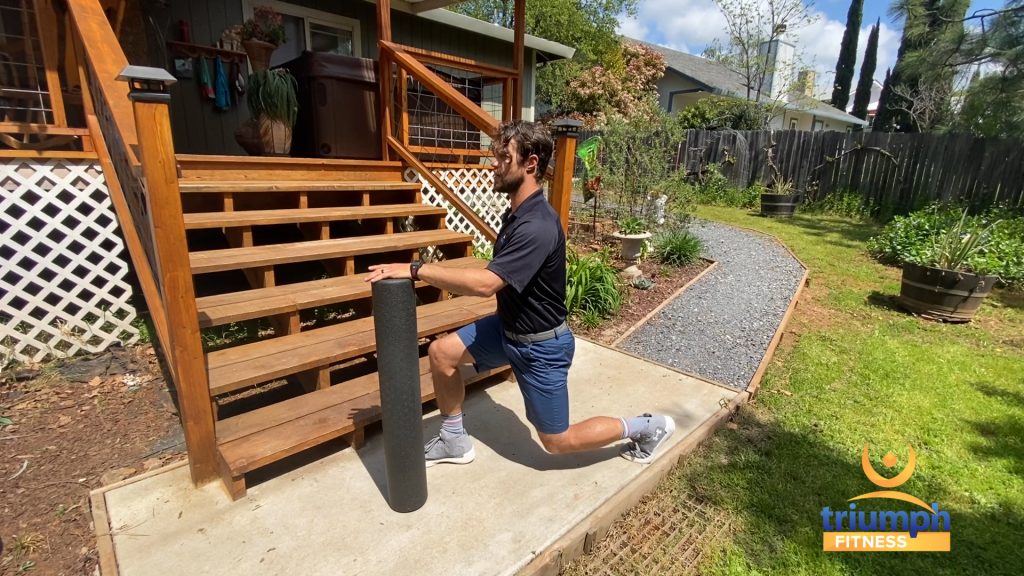
“Team Triumph” did just that. The first video rolled out was primitive and emotional, but so VERY authentic to the new situation into which we were thrown. Within 10 days, we were building a pipeline as a team and investigating non-profit pricing on Zoom, a platform that could deliver classes in real time where Triumph’s Coaches could actually see their clients as a group–preserving the sense of gathering and community.
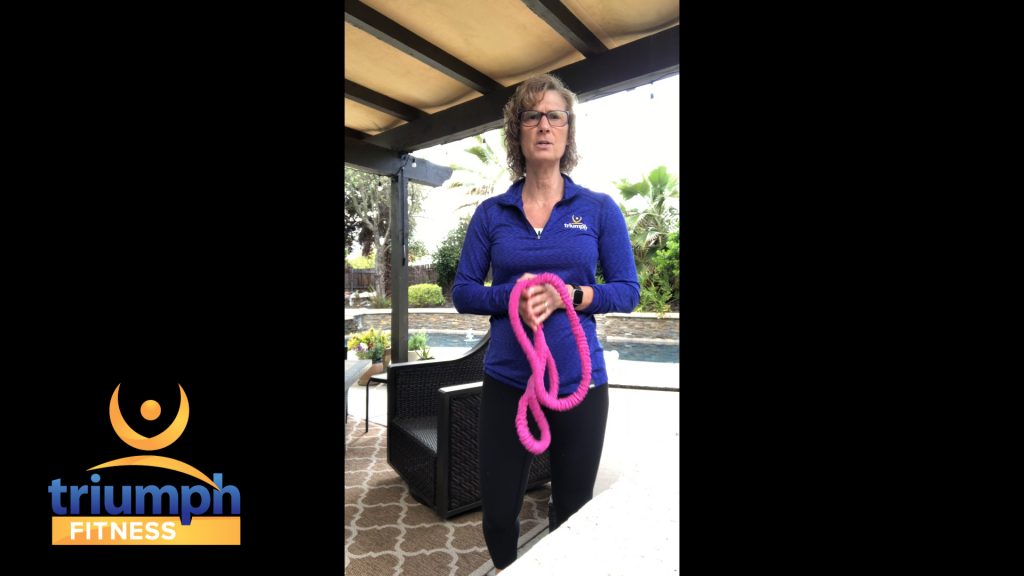
At the time of this writing, Triumph now has several lesson plans on video, published to their clients through a private portal on their site. They have had several online Zoom classes , and continue to receive praise from their clients for shifting gears so fast.
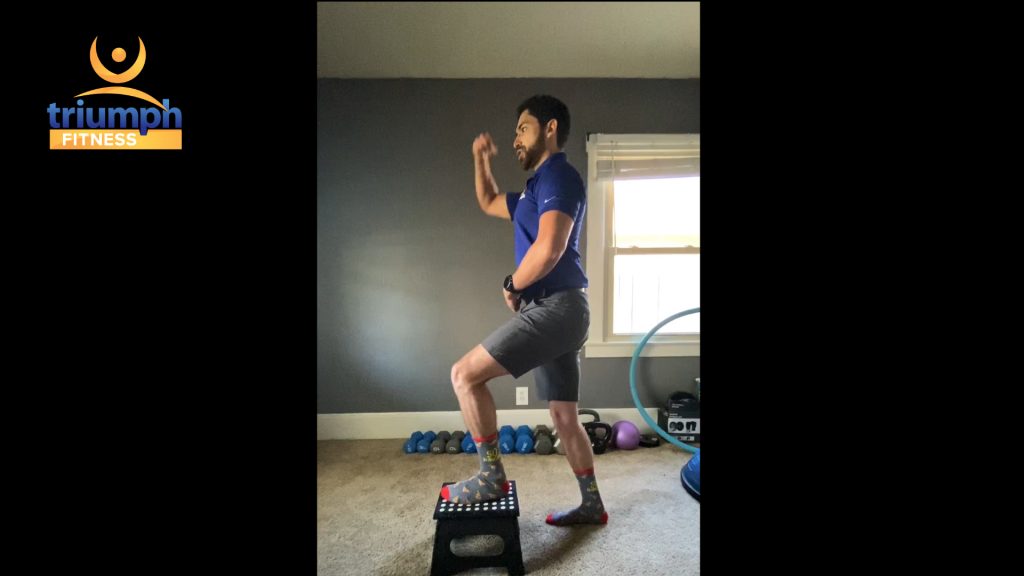
Because of Digital Media, cell phones, Social Media, and that “can do” attitude of a uniquely qualified team, CM Media was able to deliver a new way forward for cancer survivors in the Sacramento Metro Area. Cancer survivors are often left alone to recover from cancer treatments; immune systems compromised; isolated; depressed; left with bodies they may not recognize anymore. Triumph Fitness is the ONLY program of it’s kind in the Sacramento Region. No Survivor should have to recover from cancer alone.
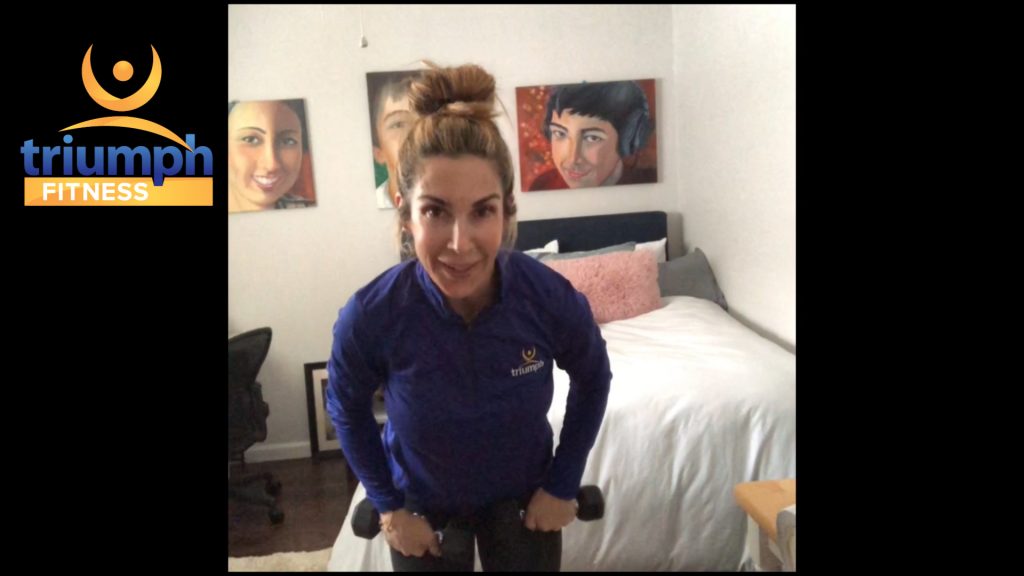
To learn more about Triumph Cancer Foundation’s needs during COVID-19, please visit triumphfound.org and donate on the Big Day of Giving, May 7th.
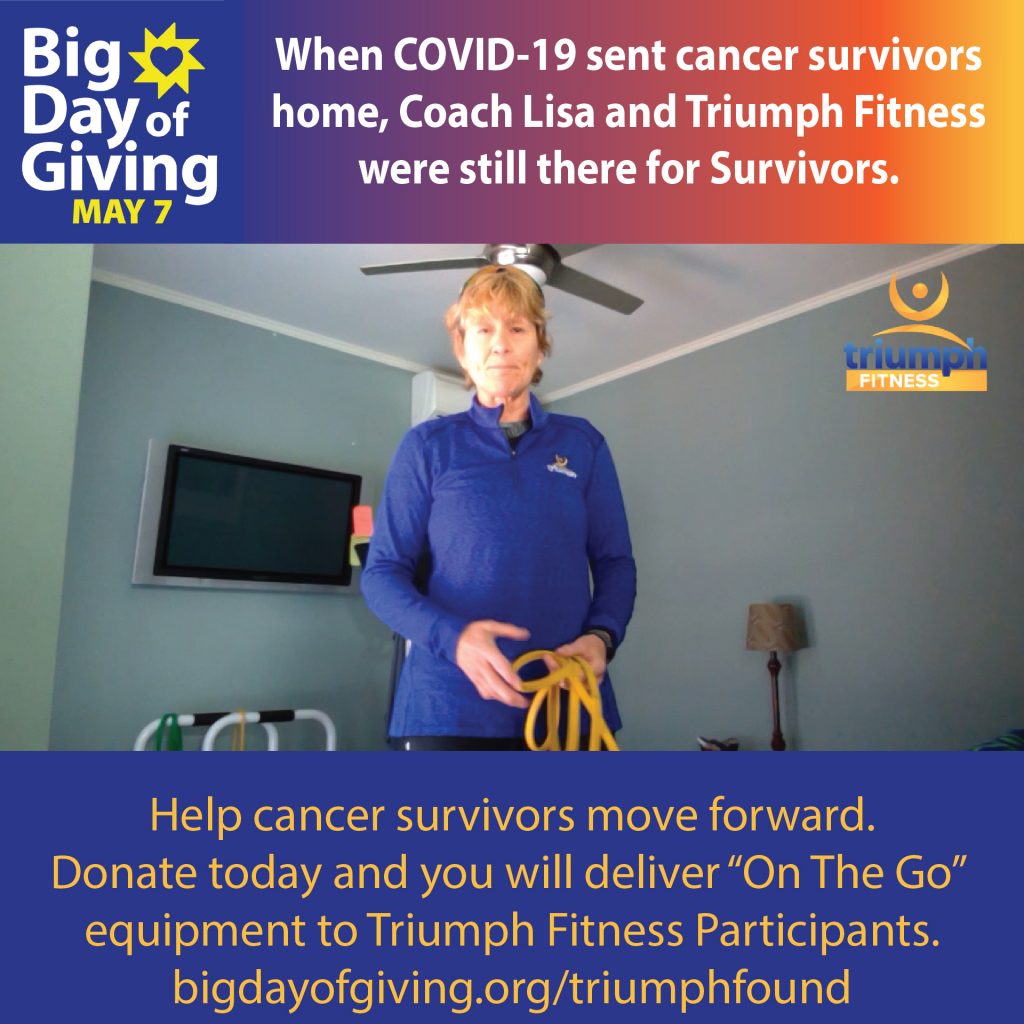
Frankenfilm: What to do as an Editor When you Receive Multi-Format Footage.
For the last two years, I have been embedded with Triumph Cancer Foundation as a Development Consultant, Content Creator, and Social Media Manager. One of the biggest challenges I have faced is acquiring quality footage and audio to tell a cohesive story. The piece below is the result of receiving cell phone footage from an iphone via email (compressed), professionally shot footage at a live event that had music embedded over it, and photos sent in various sizes & quality.
I had to cut that in with additional footage that I shot on a Nikon DSLR, LG G4, LG ThinQ, and a Nikon Coolpix. I started with a journalistic approach in non-linear editing, then found the most compelling music the Client could afford. As the story “emerged” over the year of sourcing this project, I fine tuned it with the photo interstitial materials.
I then color corrected as best I could based on Chad’s iphone color profile for consistency. Honestly– that profile wasn’t the best, but I wanted consistency.
I have found over the years of editing that if you down-res to a reasonable size, like 1080p or even down to 720p, you can fix a multitude of sins with camera shake, low res photos (I recommend up-scaling in Photoshop first), and color. I used Adobe Premiere Pro, After Effects, Audition, & Photoshop on this video. Let me know if you like it. And special thanks again, to Chad for letting me document his recovery from cancer treatment.
Client Video: Triumph Cancer Foundation
Client video: The Blue Diamond Almonds Shamrock’n Weekend Beneficiary, Triumph Cancer Foundation
Client Video: CLARA Midtown
Not All Media is Created Equal
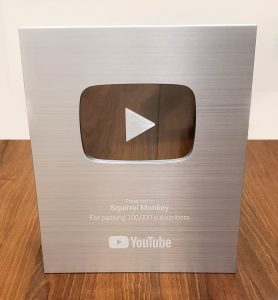
What do snapshots, live video, .gifs, over-produced Instagram photos, 4k High Def. 30- second commercial spots, and TikTok all have in common?
**Storytelling**
As the internet continues to give content creators channels and forums to place media, we are experiencing a new revolution in storytelling. In the wild west days of MySpace, and early YouTube, content was gritty and ranged in quality from completely unwatchable to unflinchingly innovative.
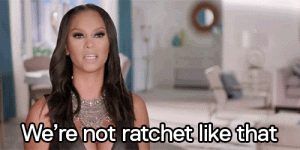
Now, thanks to Facebook, Instagram, Twitter, Snapchat, and TikTok we have virtually unlimited ways to express ourselves through photos and video souped up with filters, kitschy stickers, and automated subtitles. The good news: quality has improved as early YouTubers have honed their skills and competition has squeezed out some of the least talented.
What is fascinating is the sub-genres and stories that are emerging from these platforms. Teenagers now speak in “Meme” (Emojis are so passe); ASMR videos have arrived; Gamers stream while they play-revolutionizing how YouTube monetizes; and Make-up Tutorials rule the planet. (Aren’t hep to these? Just click on the links I provided and learn more than you ever cared to!)
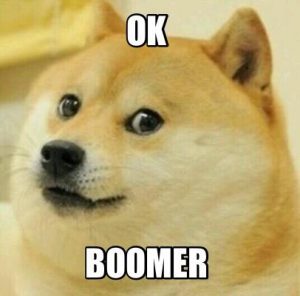
But should you be on these platforms or should you just stick to purchasing commercial spots on TV?
As things continue to evolve, the questions should be, “What will the audience tolerate?” and “What do I want to achieve with my story?”

As a digital media strategist and content creator, I assure you not all media is created equally. You might be shocked that a meme you created and shared for little to no expense created a click-storm and opened up several new customers to your business when your “mom and pop” TV commercial gained you next to nothing buried in late night TV. It all comes down to knowing your audience, a story that strikes the right tone, and timing (See what a hashtag like #MeToo can do). Relevance is the new storytelling currency.
Tell me what your favorite “story” has been lately. What made it so effective?
Client Video: McKeever School of Irish Dance
Cell Phones Are Ruining Filmmaking, Right?
Has anyone actually ever said, “I have some cell phones, so I can make a movie”? YES. Yes they have. And every time I hear that, I cringe for them. This is why:
“Shot on iphone (insert model here)”. Sure you shot it on the iphone. I get it. It’s a challenge and it’s fun. But let’s be real. If anyone has ever seen a BTS film of how that is done, they will know that a NYU student using all of her connections in permitting, set design, art design, and parental cash set the iphone or cell phones are in a custom made rig that would support something more suitable like an ARRI cam or RED Dragon. Then, they edited it on professional software like Adobe Premiere for those great transitions, Adobe After Effects to take out the shake and add SPFX, and finally something like DaVinci Resolve to completely change the look of the shots with beautiful color enhancement. This dupes the audience (and commercial clients) into thinking, “I can do THAT with my OWN cell phones!”
Yeah, no you can’t. And why would you want to? Content creation like this is a TEAM SPORT of incredibly creative and talented people coming together for a one-off that they can brag about for a portfolio piece. The focus is on the stunt of using cell phones and not telling the story in a quality fashion. We must remember that story telling is the reason why me make stories in the first place. If the story is not communicated well, the audience will not care about the story and your communication will be lost.
But here is the part where I applaud cell phone “filmmaking”. It inspires thousands of young aspiring filmmakers to have a voice in a very accessible way. It gives students and those without means a foot in the door and a chance to tell their story. It requires innovation and fierce competition that really tests a screenplay to see if the words on the page hold up. It affords a chance for people to be discovered in a film festival or sixty seconds of fame as they trend on Twitter or Facebook. And most important of all, it exposes us to stories that we may never have seen otherwise due to lack of budget, lack of connections, lack of skill level, and so on.
So, no. Cell phones are not ruining filmmaking. They are enabling innovation and providing a proving ground to story telling. If you think you can make a cell phone story that is watchable, go for it! It will be a very educational process and you may have a lot of fun doing it (and if you’ve done it, please send it my way)!
